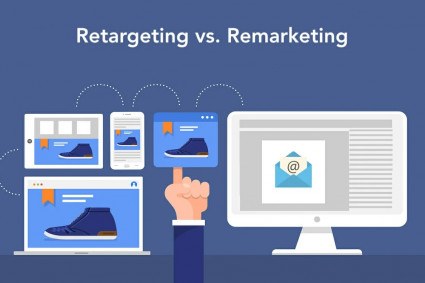Staying adept with SEO trends and setting out stellar SEO strategies isn’t enough if you want your brand to rank higher in the SERPs.
Your website must also be well-designed if you don’t want to lose the organic equity you aim on generating. It is imperative for SEO and web design to be in collusion to keep your digital marketing efforts in sync.
Although conducting thorough keyword research & including keywords in your website copy and acquiring links from high-quality domains, are significant, there are other elements that also play a role in SEO, many of which are related to the design of your website.
Here are five elements to consider while optimizing your web development program that can influence SEO & web marketing:
Aim for a Smooth Navigation
Your user experience is greatly influenced by the information architecture of your website. Metrics like your bounce rate show how promptly and efficiently your users can get the content or features they’re looking for.
The ease with which consumers may access relevant content or execute required actions may impact your bounce rate.
Customize Images & Videos
Let’s assume your page is taking more than three seconds to load, the probability of a bounce will shoot up to 58 percent. According to a study executed by Google, “A one-second load time delay results in an average 7 percent drop in conversions, 11 percent drop in page views, and 16 percent drop in customer satisfaction”.
Images that are relevant and engaging help your website’s average on-page time and engagement rate to rise. However, adding a lot of images may cause your website to load slowly, which is a major issue. A slow-loading website is detrimental to search engine rankings.
Is your website Mobile Responsive?
Having a responsive website is significant in the modern world. However, compared to the desktop experience, the mobile experience continues to be given lower priority in many enterprises.
Why is that the case?
In 2018, more than 50% of all website traffic came from mobile devices, but today that percentage has greatly increased due to the rising usage of mobile phones. It is anticipated to increase even more. But not all industries are representative of that worldwide average. For example, the majority of B2B businesses report a substantially larger percentage of desktop traffic than mobile traffic from their customers who browse during the day.
Hierarchy of the Header
Online readers today anticipate finding the information they seek more quickly than ever: Only 16% of visitors read webpage content in its entirety. Visitors are less likely to leave a page without reading further after reading a header because they provide structure and assist them to understand the content you cover on each page.
Furthermore, even though the significance of incorporating keywords in header tags (H1 through H6) has been questioned, H1 is still included in 80% of Google’s first-page results. If you are not having one it is as similar to releasing a book without a cover; the reader is hesitant to try reading since they are unsure of whether the story will be relevant to them or not.
Pop-up ads
Once a search engine user lands on a website, some pop-ups might frequently appear. It needs to be avoided for two reasons:
- You become less credible. While you are displaying advertising and pop-ups, that user is browsing for information.
- Second, the visitor can get agitated and leave your website immediately away after seeing the pop-up. Limit the use of pop-up windows. Consider employing an exit-intent pop-up that only appears when the user is ready to leave the website.
To sum it up;
Web design and SEO have often been two different facets of every Digital Marketing firm. To ensure a spectacular user experience it is important to set a seal on better search engine optimization, along with a well-designed website. These two factors are now intertwined! And both are necessary to keep your website at the top of the SERPs. It is also important to periodically update your website’s content, revisit it, perform a content audit, evaluate page rankings for each page, and conduct research on the top keywords, key phrases, and most often searched terms online. As a result, having quality content also ensures that your SEO strategy is effective.






